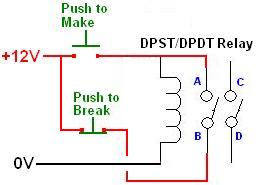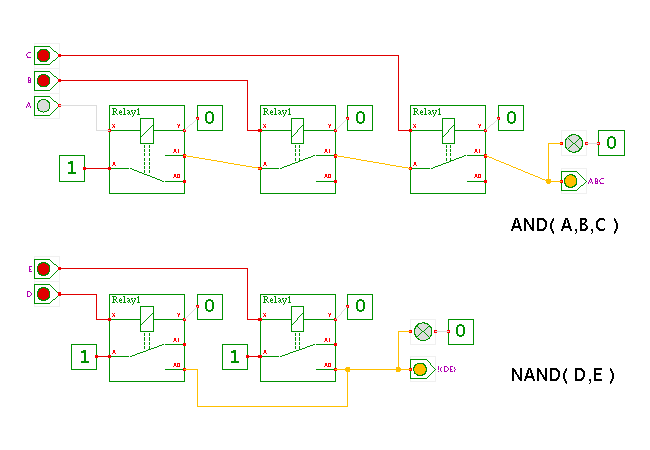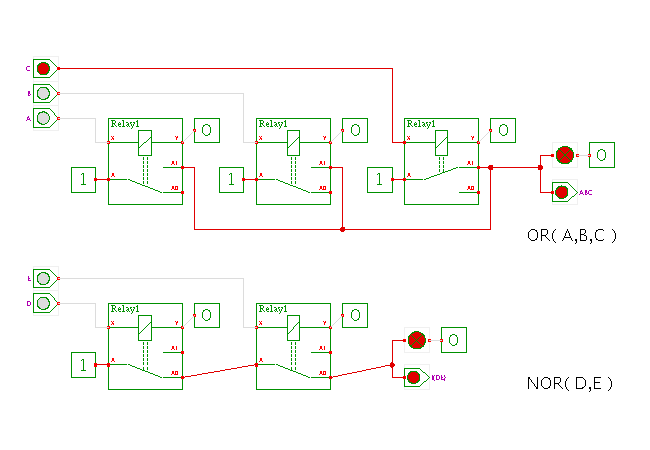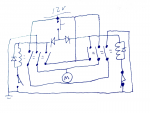rhd
0
- Joined
- Dec 7, 2010
- Messages
- 8,469
- Points
- 0
I've been scratching my head on this one for a bit, and thought I would see if any of the bright minds on here had any ideas.
I want to design a circuit using a battery, a motor, 3 momentary switches and any number of relays and current rectifying diodes required.
- Pressing switch "trigger" turns on the motor, and it will continue running, even when trigger is released until a lever attached to monitor presses switch "endstop A", then the motor will stop. Pressing "trigger" again will now cause the motor to start moving in the other direction until it hits switch "endstop B". And so on.
This could be done in arduino, etc, but I want to use solely mechanical relays.
Possible?
I want to design a circuit using a battery, a motor, 3 momentary switches and any number of relays and current rectifying diodes required.
- Pressing switch "trigger" turns on the motor, and it will continue running, even when trigger is released until a lever attached to monitor presses switch "endstop A", then the motor will stop. Pressing "trigger" again will now cause the motor to start moving in the other direction until it hits switch "endstop B". And so on.
This could be done in arduino, etc, but I want to use solely mechanical relays.
Possible?







